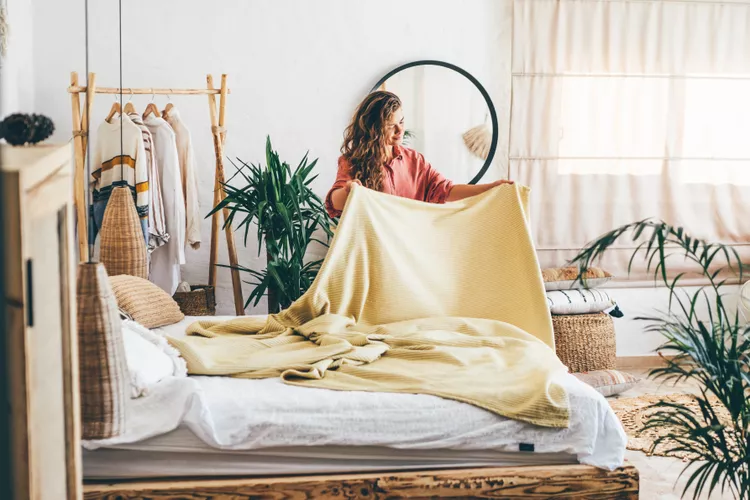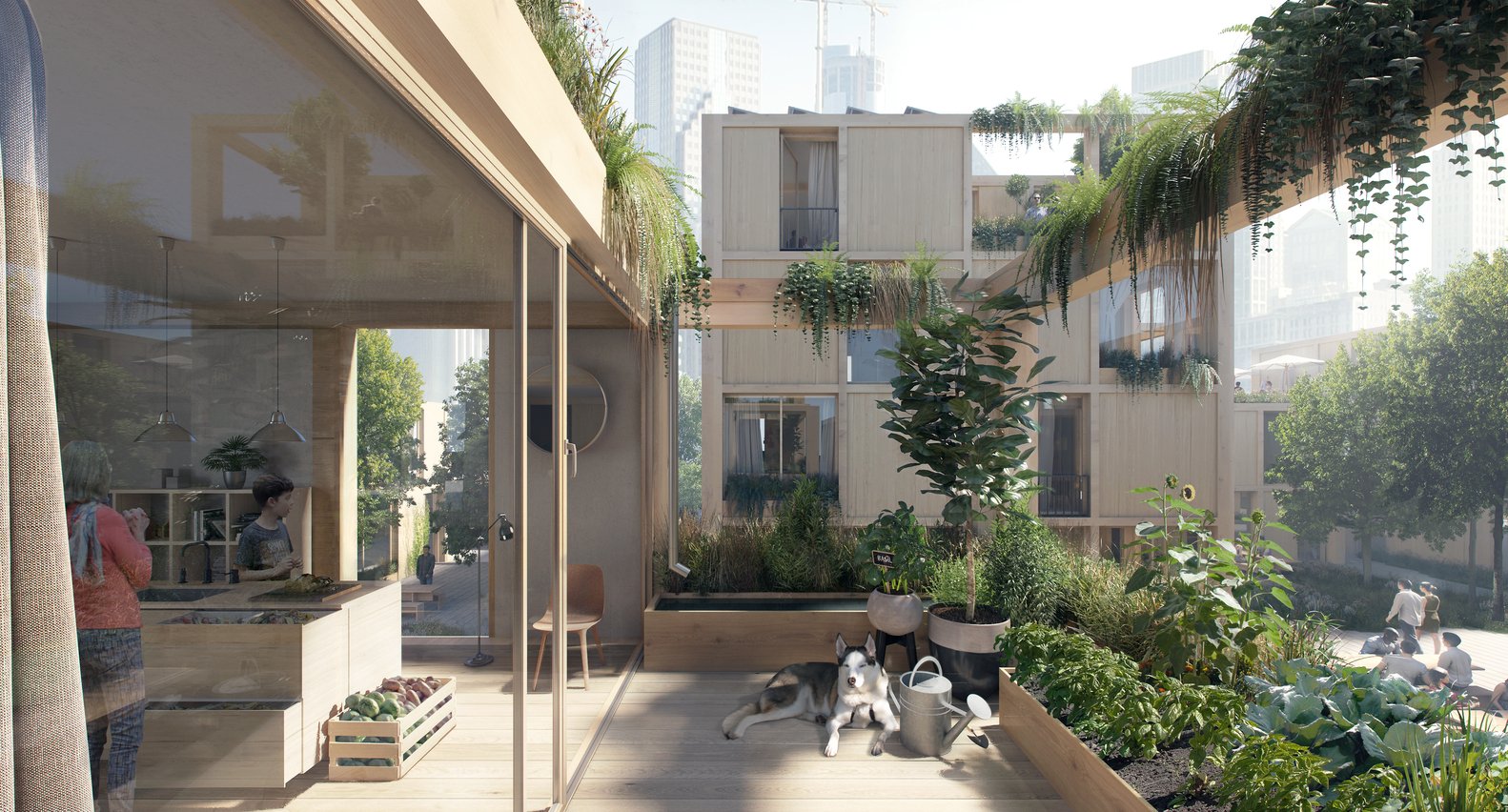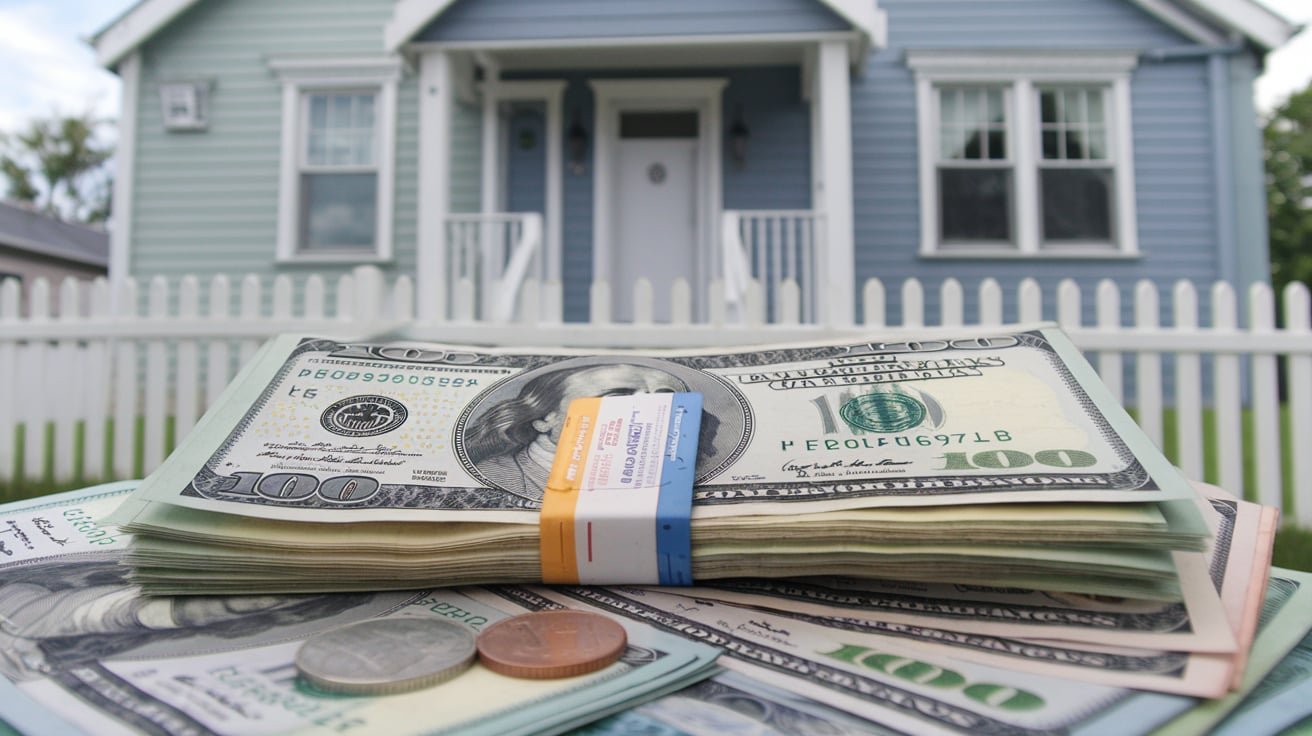Staging your home is one of the most effective strategies for selling it quickly and at a desirable price. Properly staged homes not only attract more buyers but also create an inviting atmosphere that allows prospective buyers to envision themselves living in the space. This article will provide a comprehensive guide on how to stage your home effectively, covering essential tips, common mistakes to avoid, and the benefits of staging.
1. Understanding the Importance of Home Staging
Home staging is the process of preparing a residential property for sale in the real estate marketplace. The primary goal is to make the home appealing to the highest number of potential buyers, thereby selling the property more quickly and for more money.
Benefits of Home Staging
- Faster Sales: Staged homes typically sell 73% faster than non-staged homes, according to the National Association of Realtors (NAR).
- Higher Offers: Staging can help maximize the sale price, as buyers are often willing to pay more for a home that feels welcoming and move-in ready.
- Positive First Impressions: Staging enhances the first impression of a home, which is crucial in real estate where buyers often make snap judgments.
2. Preparing to Stage Your Home
Before diving into the staging process, it’s essential to prepare. Here are some steps to consider:
2.1. Declutter and Depersonalize
- Remove Personal Items: Take down family photos, personal artwork, and memorabilia. Buyers want to imagine their lives in your home, not see yours.
- Declutter: Remove unnecessary items from surfaces, rooms, and closets. Aim for a clean, minimalist look that emphasizes the space itself rather than your belongings.
2.2. Clean Thoroughly
A clean home is non-negotiable when staging. Consider the following:
- Deep Cleaning: Hire a professional service if necessary, focusing on carpets, windows, and hard-to-reach areas.
- Odor Elimination: Ensure the house smells fresh. Avoid strong scents; instead, opt for subtle air fresheners or natural scents like baked goods.
2.3. Make Minor Repairs
Attend to small repairs that could deter potential buyers. Common fixes include:
- Paint Touch-Ups: A fresh coat of paint can make a significant difference. Choose neutral colors to appeal to a broad audience.
- Fix Broken Items: Repair leaky faucets, squeaky doors, and cracked tiles to create a polished look.
3. Key Areas to Focus On When Staging
Certain areas of your home require more attention during the staging process. Here’s where to focus:
3.1. Living Room
- Furniture Arrangement: Create a cozy yet spacious arrangement. Avoid overcrowding the space with furniture; instead, use just enough to define the area.
- Add Accents: Use throw pillows, blankets, and art pieces to add warmth and personality, but keep it simple.
3.2. Kitchen
- Countertops: Clear off countertops, leaving only a few essential items (like a coffee maker or a bowl of fresh fruit).
- Cabinet Cleaning: Wipe down cabinets and consider organizing the insides to showcase storage space.
3.3. Bedrooms
- Bedding: Use fresh, neutral bedding to create a serene atmosphere. Fluff pillows and add a throw blanket for a touch of comfort.
- Furniture Placement: Ensure the bed is the focal point and arrange other furniture to facilitate easy movement.
3.4. Bathrooms
- Cleanliness is Key: Ensure bathrooms are spotless. Scrub tiles, clear off counters, and make sure all fixtures shine.
- Spa-Like Touches: Add a couple of decorative towels, a plant, or candles to create a relaxing ambiance.
3.5. Curb Appeal
First impressions matter. Focus on the exterior:
- Lawn Maintenance: Mow the lawn, trim hedges, and pull weeds to create a well-kept look.
- Entryway: Paint or clean the front door and consider adding a welcoming mat or a couple of potted plants.
4. Creating the Right Atmosphere
The atmosphere of your home can significantly influence potential buyers. Here are some tips to enhance the mood:
4.1. Lighting
- Natural Light: Open curtains and blinds to let in as much natural light as possible. A bright space feels larger and more inviting.
- Layered Lighting: Use a mix of ambient, task, and accent lighting. Ensure all light bulbs are working and consider adding lamps for cozy spots.
4.2. Neutral Scents
Avoid overpowering scents from cooking or pets. Instead, focus on neutral, fresh smells. Consider:
- Baking Cookies: A common trick is to bake cookies before showings for a homely scent.
- Essential Oils: Use diffusers with subtle scents like lavender or lemon.
4.3. Music and Sound
During showings, soft background music can create a pleasant atmosphere. Opt for instrumental music or soft jazz to enhance the mood without being distracting.
5. Professional Staging vs. DIY
When considering staging, you have two primary options: hire a professional or stage the home yourself. Both approaches have their pros and cons.
5.1. Professional Staging
- Advantages: Professional stagers have the expertise and resources to transform your home effectively. They understand buyer psychology and can create a captivating atmosphere.
- Cost: Hiring a professional can be an investment, typically ranging from $1,500 to $5,000 depending on the size of the home and the extent of staging required.
5.2. DIY Staging
- Advantages: DIY staging can save money, and you can tailor the process to your style. It also allows for a personal touch.
- Considerations: Ensure you approach it with a clear plan and objective. Consider consulting online resources or staging guides for best practices.
6. Common Staging Mistakes to Avoid
While staging your home, be mindful of common pitfalls:
6.1. Over-Personalization
While you want your home to feel inviting, too many personal items can alienate potential buyers. Keep decor neutral and appealing to a wide audience.
6.2. Cluttered Spaces
Clutter can distract buyers and make spaces feel smaller. Aim for a clean, organized look in every room.
6.3. Ignoring Scale and Proportion
Be aware of the scale of your furniture and decor. Oversized furniture can overwhelm a room, while too small can make it feel empty. Aim for a balanced, harmonious look.
6.4. Neglecting Outdoor Spaces
Don’t overlook outdoor areas. A well-staged patio or backyard can add value and appeal. Clean furniture, add potted plants, and ensure these spaces are inviting.
7. Final Touches Before Showings
Before any showing, take a moment to perform a final walk-through of your home:
7.1. Check Cleanliness
Ensure all surfaces are clean, bathrooms are tidy, and floors are free of debris.
7.2. Adjust Lighting
Make sure all lights are on and curtains are opened to maximize brightness.
7.3. Eliminate Distractions
Remove any distractions that could detract from the home’s appeal, including pets, noisy appliances, or clutter.
8. The Impact of Virtual Staging
In recent years, virtual staging has gained popularity as an alternative to traditional staging. It involves using digital technology to furnish and decorate empty spaces.
Benefits of Virtual Staging:
- Cost-Effective: Virtual staging is often less expensive than physical staging.
- Flexibility: It allows for quick changes to the decor without the physical labor involved in moving furniture.
- Visualization: Buyers can better envision how a space can be utilized, especially in vacant properties.
Considerations:
While virtual staging can enhance listings, ensure that the photos used for marketing are accurately represented. Misleading images can lead to dissatisfaction during in-person showings.
9. Conclusion
Staging your home for a quick sale is an essential part of the selling process. By understanding the importance of staging, preparing your home, focusing on key areas, and creating an inviting atmosphere, you can significantly enhance your home’s appeal. Avoid common mistakes, consider the pros and cons of professional versus DIY staging, and pay attention to details that make a lasting impression.
With the right approach to staging, you can position your home to attract potential buyers quickly and maximize your selling price. Remember, first impressions matter, and a well-staged home can make all the difference in the competitive real estate market.



